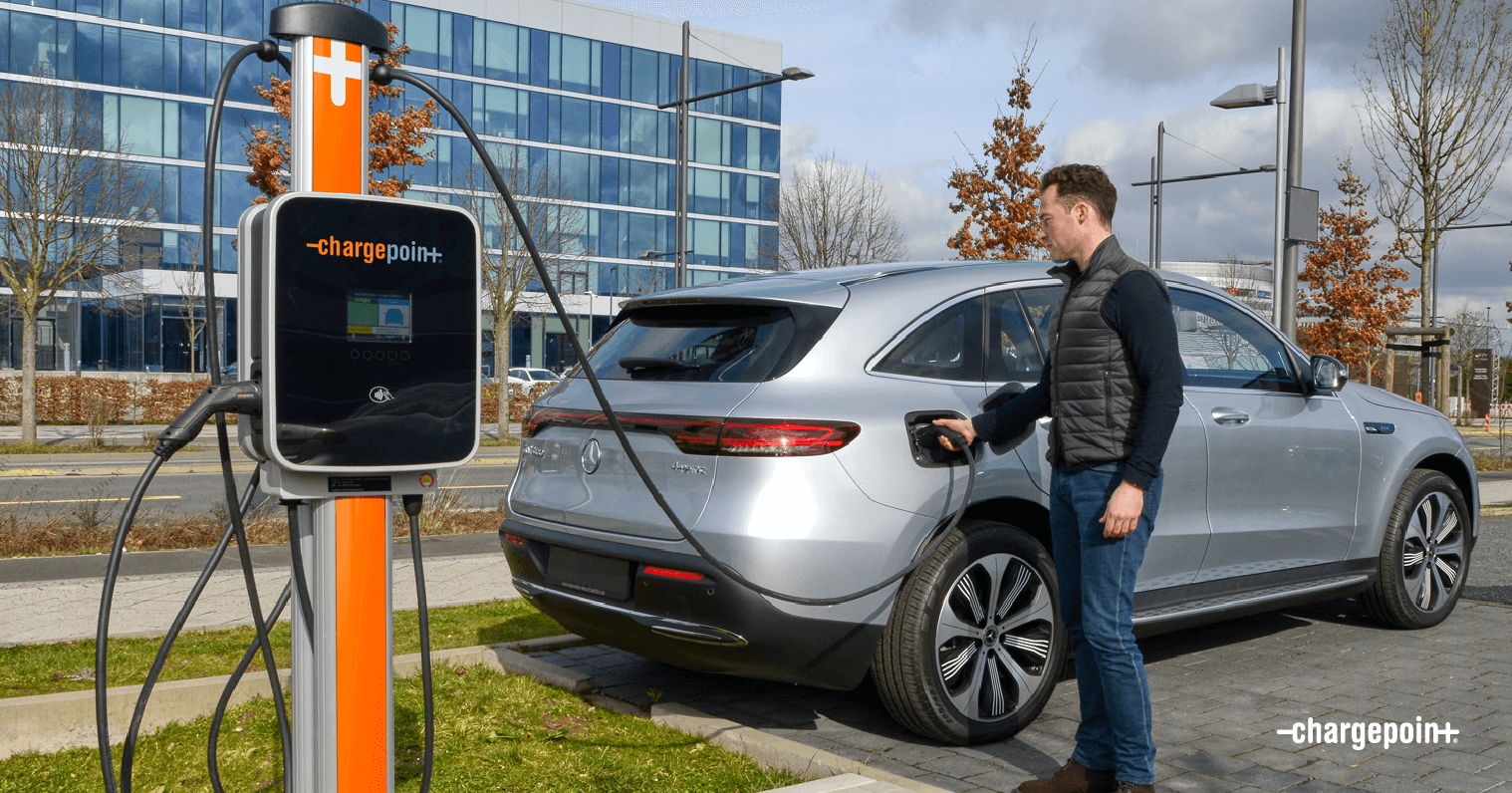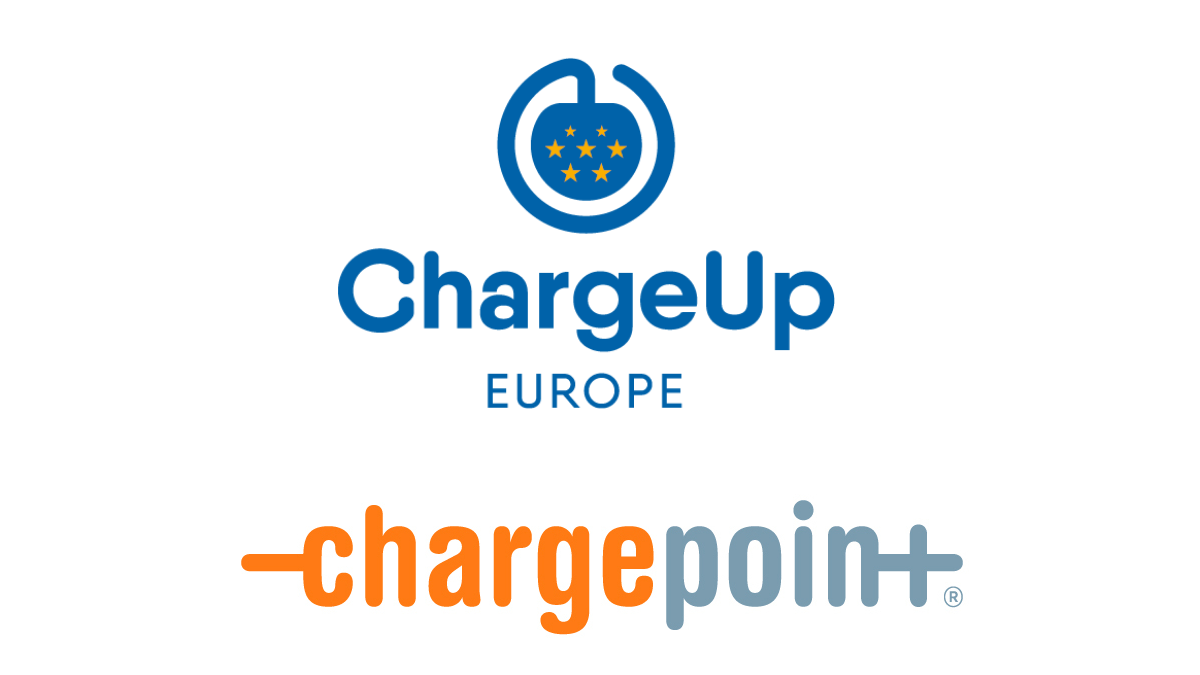Our Blog | EV Charging Innovation
Europe needs sweeping regulation for EV infrastructure
EV Charging Innovation | 10/5/2021

Will the EU step up and do the right thing?
On Tuesday, 5 May, I had the opportunity to take part in the annual Petersberg Climate Dialogue in Germany. With COP 26 just around the corner, there was plenty to talk about. And with road transport accounting for 10% of global emissions, electric vehicles (EV) were once again hot on the agenda.
The private sector is working hard to usher in the EV future. But we can only be as effective as the infrastructure that surrounds us. Automakers can design the perfect vehicles, and ChargePoint can develop state-of-the-art charging solutions, yet real change will only happen when customers can count on a seamless user experience. That means easy and abundant access to charging stations, harmonised technical rules, and interoperability both within and across countries. Achieving a robust EV infrastructure will require a strong joint venture between politics and industry.
The EU has the power to lead
Although it’s essential for all governments around the world to take action, the European Union is uniquely positioned to lead the way. Few entities on Earth have the extraordinarily efficient, broad-reaching, multi-national regulatory power that the EU has.
This is the institution that defeated mobile roaming fees across 30 countries with a snap of its legislative finger. And this is the institution that implemented the most comprehensive data-protection regulation in history (GDPR). Make no mistake about it – when the EU wants to enforce meaningful change, it can. And we believe it’s crucial for some of that change to happen now.
If we hope to truly accelerate the decarbonisation of road transport throughout the continent – much less, the planet – the European Union needs to adopt an ambitious approach and establish new standalone regulation for EV charging infrastructure.
A regulation, not a directive
The few measures we do have in place are part of the Alternative Fuels Infrastructure Directive (AFID), which was constricted by its fractured nature and is not well matched to the nature of free movement transportation throughout Europe. Voted in 2014, AFID attempted to regulate existing infrastructure in Europe. However, it left it up to member states to roll out their own national-policy frameworks, and it put EV on the same level as any other alternative energy.
With such huge investments in electromobility and the ambitious target of 30 million EVs sold in Europe by 2030, EV charging has long outgrown its role as just an alternative fuelling type. Electric mobility is the future and must now be treated as mainstream. It’s time to give electric mobility a real path to growth within its own regulatory framework. Anything less would mean not taking climate action seriously.
Unlike an EU ‘directive’, which kicks the ball to local governments and ultimately devolves into a patchwork of country-specific laws, a ‘regulation’ has binding legal force across all member states and goes into effect decisively on a precise date. This is what is needed now.
On behalf of ChargeUp Europe, I recently sent a letter to the European Commission highlighting these issues and calling for specific regulation for charging infrastructure. You can read it here.

The time is right and the funding is there
Currently, 82% of the EU’s charging infrastructure is shared by three member states: Germany, France and the Netherlands. We’ve got a long way to go, and it’s going to take a serious commitment from everyone to do the right thing.
To be clear, the fundamentals are in place. Europe has the demand, the vehicles, the technology and the services. And we also have a great opportunity to fund this transition. As part of the European Recovery Plan, the EU created a €1.8 trillion war chest with the aim of rebuilding ‘a greener, more digital and more resilient Europe’ post-COVID-19. This is the largest stimulus package ever financed at the EU level. We believe it’s important to leverage this investment to develop a reliable electric charging infrastructure, backed by regulation with teeth.
We’ve seen a lot of big talk over the past decades about tackling CO2, but actions have been slow to follow. In a constant cycle of indecision and climate-change disappointment, this is Europe’s chance to finally take a big step and show how it’s done.
The world is watching.
